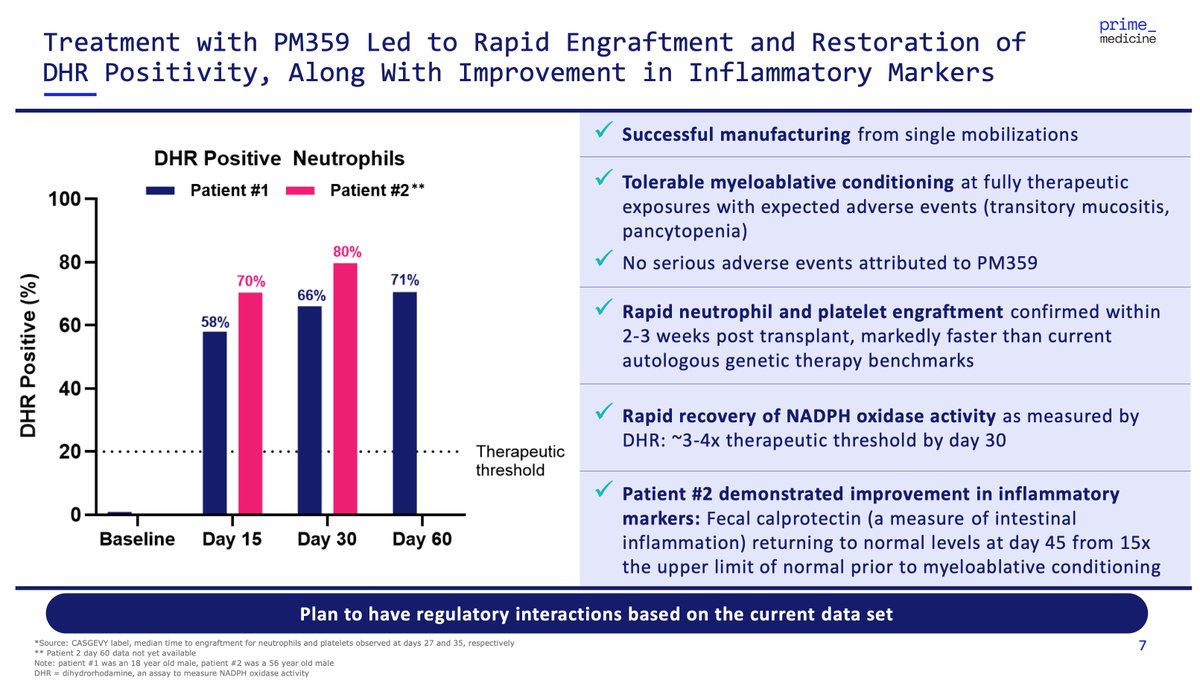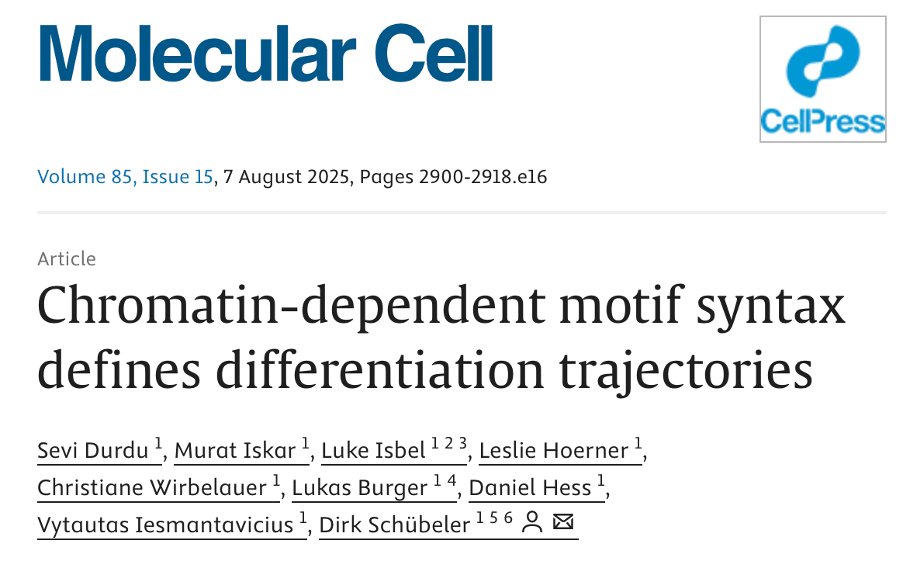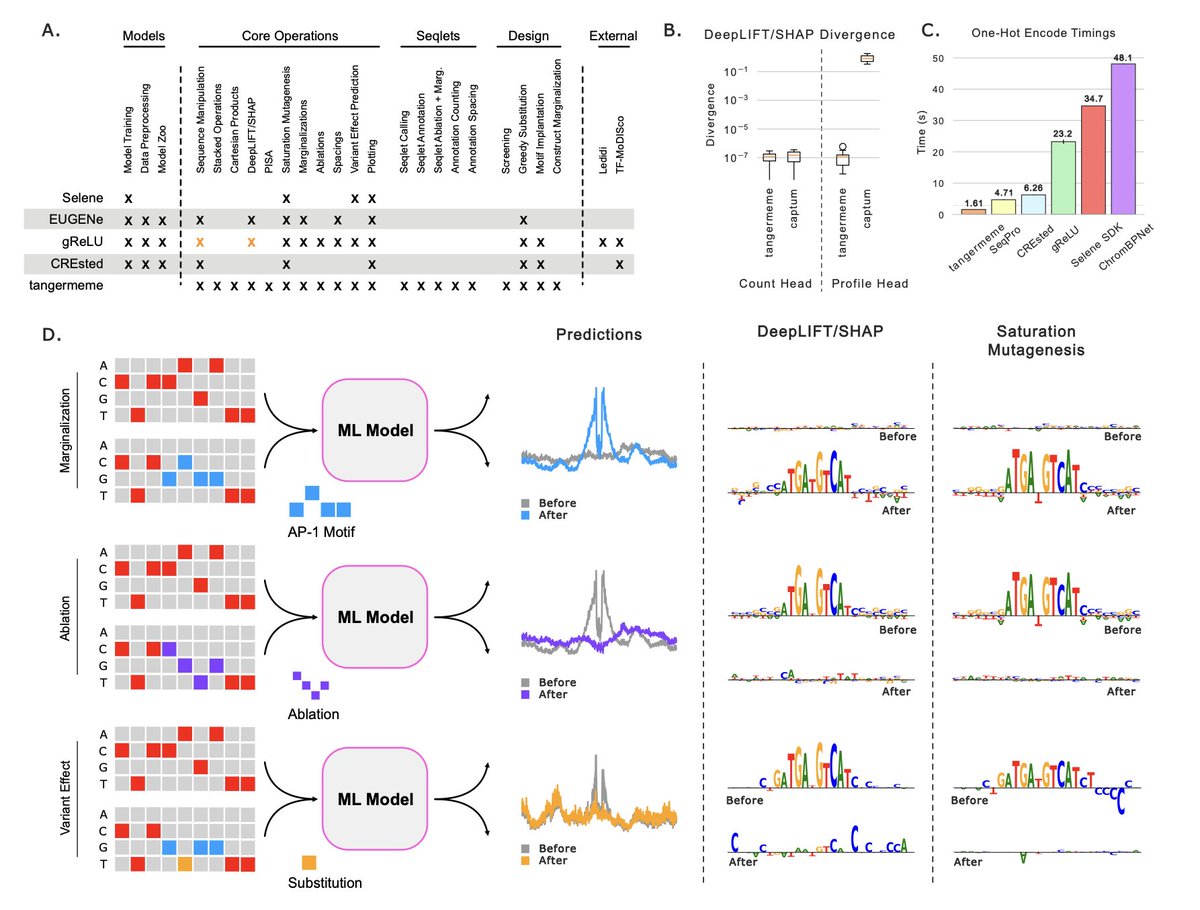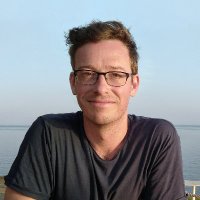
Jonathan Froehlich
@jjfroehlich
Scientist // gene regulation, genomics, synbio, stem cells, c.elegans // with @EddaGSchulz @MPI_MolGen, PhD @N_Rajewsky @BIMSB_MDC / jjfroehlich.bsky.social
ID: 27755060
30-03-2009 23:05:25
2,2K Tweet
475 Followers
326 Following


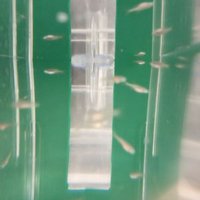



Genome-wide chromatin recording resolves dynamic cell state changes | from Prof. Michael Elowitz's lab ElowitzLab biorxiv.org/content/10.110…



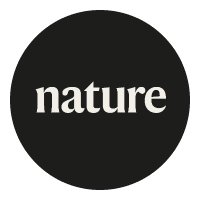
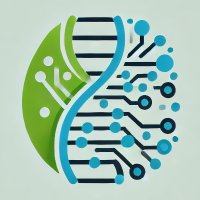
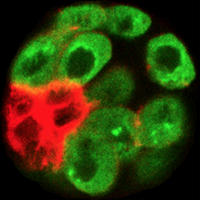





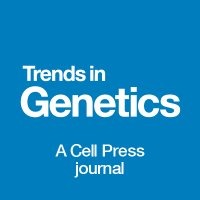


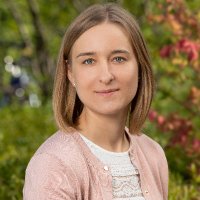
I am excited to share that I will join the Friedrich Miescher Institute FMI science in Basel as a group leader, starting in March 2026 🎉 We will explore cell fate regulation during organogenesis, with a focus on how cell elimination underlies the emergence of functional tissues.

